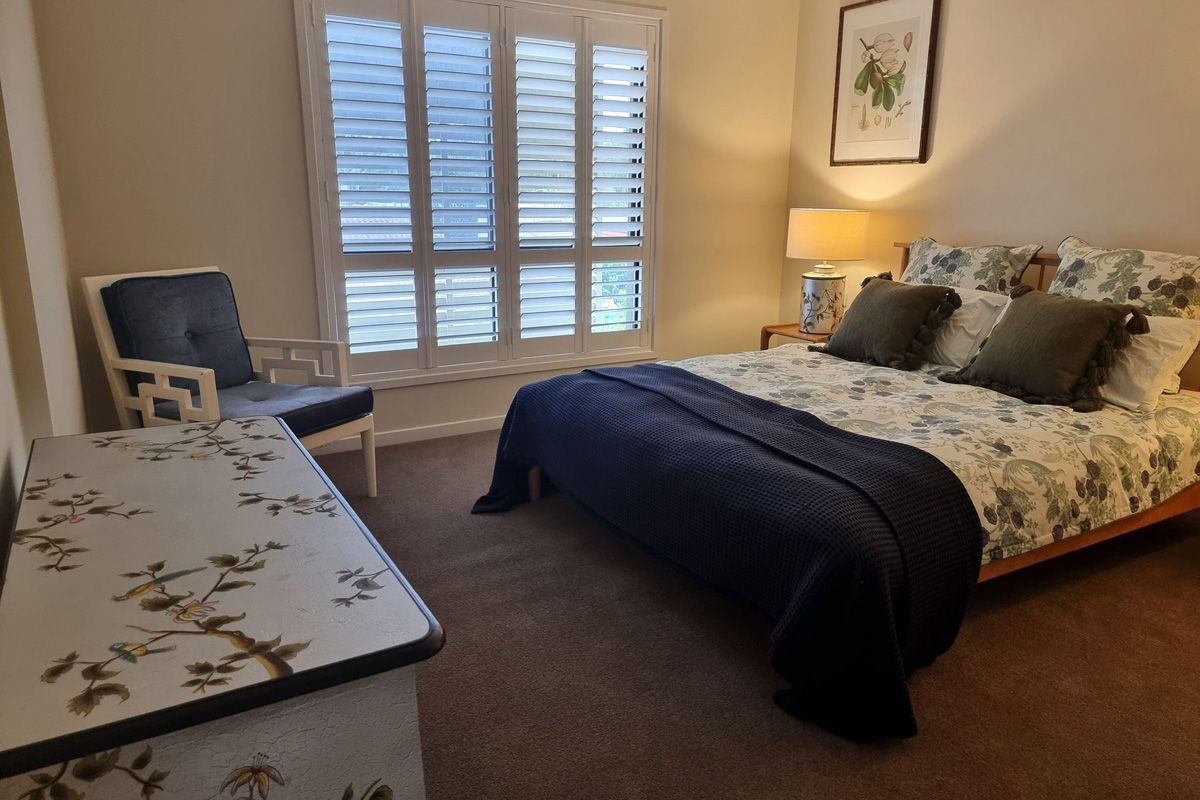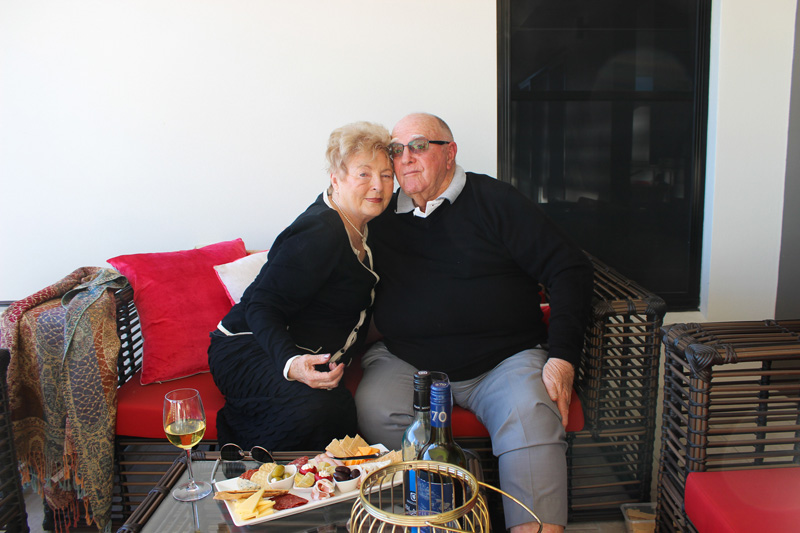While Japanese Zen gardens have graced our planet since the fifth century AD, the earliest recorded Chinese gardens go back another two thousand years.
While the huge gardens landscaped by the professional garden designers of the time were designed so that the Imperial family and high-ranking nobility could show off their wealth, the trend also took off for artistic communities of poets and scholars and lesser officials, but on a much smaller scale. A single thread ran through the original design: a haven of peace to contemplate the relationship between man and his beautiful environment.
These gardens used water, sound and sometimes (depending on the garden) miniature versions of ancient trees and mountains to mimic the magnificent landscapes found well outside the cities and towns. Walled to banish the distractions of the outside world and dotted with quaint architecture along a winding path, each visitor was taken on a journey. Stopping at each landmark, a picture-perfect scene greeted the eyes. These were not the sparse, gravelled, simple concerns we often think of today, but complete concepts using a wide variety of flowers, shrubs and trees intermingled with rock features, streams, ponds and waterfalls.
The Chinese Zen gardens were not designed to be seen from a single viewing area. They were built to surprise and intrigue those that wandered slowly through them. These gardens also made it possible to follow the Eastern philosophies and leave the world behind, instead surrounding oneself with the pure harmony of nature.
The Japanese Zen garden began as a copy of the Chinese walk through various lush panoramas, but by the mid tenth century many had evolved into something much more simple; moss, rocks and gravel were used in a symbolic form, rather than representing a complete landscape. These sparser landscapes mimicked natural rock formations, often completely stripped of any surroundings. Raking the gravel into intricate shapes, a particularly Zen activity, turned this garden into a creative activity, rather than a calming feast for the eyes. Yet this was not the typical Japanese garden. The majority still followed the Chinese method; a natural slideshow along a slow, contemplative journey within a walled oasis of peace.
The Zen garden at Elements was designed by master landscaper Tamon Yamaguchiand is enjoyed by residents and visitors alike. Named Hana, after the Japanese word for flower, the Elements Zen garden includes a tea house, male and female waterfalls, a stunning pond, specially carved bridges and a magnificent array of plants. A haven for wildlife and human life, this delightful garden is a popular retreat whatever the season.

A beautiful, easy living retirement village nestled in the Daisy Hill State Forest, Springwood, Brisbane, Queensland. Our stylish 2 or 3 bedroom apartments, including garden option, offer single level access and luxury retirement communities with neighbours close by but with privacy assured.













 Join Elements Newsletter
Join Elements Newsletter